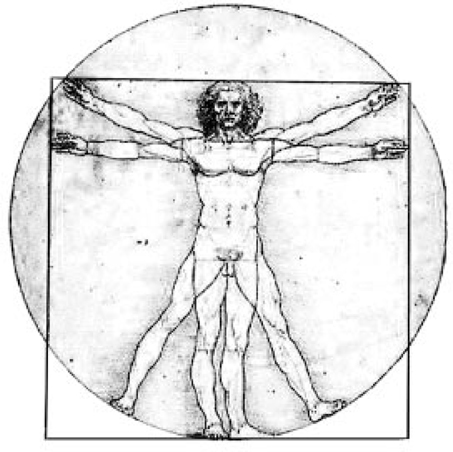
2004 by the Smithsonian Institution
All rights reserved
Copy editor: Mary Christian
Production editor: Robert A. Poarch
Designer: Brian Barth
Library of Congress Cataloging-in-Publication Data
Atalay, Blent.
Math and the Mona Lisa: the art and science of Leonardo da Vinci / Blent Atalay.
p. cm.
eISBN: 978-1-58834-353-6
1. Leonardo, da Vinci, 14521519Criticism and interpretation. 2. Art and science. [1. Leonardo, da Vinci, 14521519. Mona Lisa.] I. Title.
N6923.L33A4 2004
709.2dc22
2003060229
This is an electronic release (ISBN 978-1-58834-353-6) of the original cloth edition.
British Library Cataloguing-in-Publication Data available
For permission to reproduce illustrations appearing in this book, please correspond directly with the artists estate. Smithsonian Books does not retain reproduction rights for these illustrations individually or maintain a file of addresses for photo sources.
Title page: Leonardo da Vinci, The Proportions of the Human Body According to Vitruvius (The Vitruvian Man) (detail). Pen and brown ink, brush and wash over metalpoint, Gallerie dellAccademia, Venice.
v3.1_r1
To the memory of an extraordinary man
soldier, statesman, father
General Kemal Atalay (19102003)


 umerous people contributed to the making of this book. I am indebted to Captain Carl Keske USN (retired) and his wife, Carol, for applying gentle but steady pressure on me to write this book and for proofreading an earlier version of the manuscript. They, more than anyone else, served as the catalyst for me to put into print what I have long offered in lectures. For the opportunity to give lectures at a variety of venues I am grateful to David Stewardson of Crystal Cruises, Pat Higgins of Silversea Cruises, Marta Marschalko, formerly of the National Geographic Society, and Royal Viking line; also to Lester and Brenda Crain, John and Lynda Sheaall from Memphis, Tennessee; Harvey and Brenda Blatt from Montreal; Robert and Betty Ann Jordan from Tampa, Florida; Bernie and Judy Franklin, Beverly Hills, California; Jonathan OBrien, Headmaster emeritus, and Robert Stegeman, Dean, emeritus at St. Andrews School, Middle-town, Delaware. Finally, I am also grateful to Faruk Loolu, the present Turkish ambassador to the United States, a friend of three decades and, with a Ph.D. from Princeton, one of the best-educated members of the Washington Diplomatic Corps.
umerous people contributed to the making of this book. I am indebted to Captain Carl Keske USN (retired) and his wife, Carol, for applying gentle but steady pressure on me to write this book and for proofreading an earlier version of the manuscript. They, more than anyone else, served as the catalyst for me to put into print what I have long offered in lectures. For the opportunity to give lectures at a variety of venues I am grateful to David Stewardson of Crystal Cruises, Pat Higgins of Silversea Cruises, Marta Marschalko, formerly of the National Geographic Society, and Royal Viking line; also to Lester and Brenda Crain, John and Lynda Sheaall from Memphis, Tennessee; Harvey and Brenda Blatt from Montreal; Robert and Betty Ann Jordan from Tampa, Florida; Bernie and Judy Franklin, Beverly Hills, California; Jonathan OBrien, Headmaster emeritus, and Robert Stegeman, Dean, emeritus at St. Andrews School, Middle-town, Delaware. Finally, I am also grateful to Faruk Loolu, the present Turkish ambassador to the United States, a friend of three decades and, with a Ph.D. from Princeton, one of the best-educated members of the Washington Diplomatic Corps.
Numerous other individuals contributed to the creation of this book. I am especially grateful for advice from friends at the National Gallery of Art, Washington, D.C.: David Alan Brown, curator of Italian Renaissance Art; Ann Bigley Robertson, exhibition officer; and David Bull, formerly the chief restorer and conservator of the National Gallery and currently president of Art Conservation Foundation. Thanks are also due to Carmen Bambach, curator of drawings and prints at the Metropolitan Museum of Art, New York; Thomas Somma, director of the Mary Washington College Art Galleries; and Sarah Trible, his excellent assistant. Special thanks are also due to a good friend, Lindy Hart, widow of the superb sculptor Frederick Hart, for information on her husbands works, and also to Jamie Wyeth and Beverly Doolittle, two exceedingly talented contemporary artists, for allowing me to include their works. Mr. Wyeth, moreover, was generous with his time in reading the manuscript and offering encouraging words.
Among managers of rare book collections two individuals were immensely gracious in allowing me to examine their treasures: Marilyn Ogilvie, curator of the History of Science Collections at the University of Oklahoma, for allowing me to photograph pages of Galileos personal copies of his two books, the Sidereal Messenger and Dialogue on the Two Chief World Systems; and Neal Turtell, executive librarian at the National Gallery of Art, for allowing me to examine and photograph the priceless books De divina proportione and Trattato di pittura, as well as the facsimiles of the Leonardo manuscripts. I am deeply indebted to Andrew Rush and Kate Cooke, computer technologists, who have been generous with their time and skills, and also to Laurie Preston, Instruction and Science/Business Librarian, for assistance in tracking down a variety of crucial sources and references.
My physicist friends have been wonderful foils, listening and commenting on many topics: Nikola Nikolic and George King, both colleagues in physics at Mary Washington College, and Ady Mann, coauthor and colleague at Oxford, the Technion in Haifa, and at the Institute for Advanced Study in Princeton. All three are exceptionally cultivated individuals, conversant in the arts as well as the sciences. I gained insight into symmetry in elementary particle physics and into the structure of quasicrystals from two of Israels most eminent scientists, Yuval Neeman and Danny Shechtman, while participating in a symposium on various aspects of symmetry (Washington, D.C., 1997). Of immense help also were David Goodstein, professor of physics and vice provost at Caltech; Michael Higattsberger, professor and director emeritus at the Boltzmann Institute of the University of Vienna; Norman Ramsey, professor emeritus of physics at Harvard University; William Phillips, head of Laser Trapping and Cooling at the National Institute of Standards and Technology (and currently serving as the George Eastman Professor at Oxford); and William Ott, deputy director of the physics branch at NIST. All are eminent physicists; Ramsey and Phillips are Nobel Prize-winners. Professor Ramsey supplied wonderful anecdotes on physicists that he has known during his long career. Professor Phillips, a man as gracious as he is brilliant, read the entire manuscript with the inordinate precision that characterizes all his work, and offered valuable suggestions. The others invited me to speak or give colloquia at their respective institutions.
Attempting to follow Leonardos model I benefited from consulting academic friends outside physics: professor of religion Mehdi Aminrazavi, for insights into Islamic culture; professor of classics Liane Houghtalin, for information on early Greek philosophers; professor of Italian Clavio Ascari, on enlightening discussions relating to the Italian Renaissance and for expert translations from the early modern Italian; professor of business administration Daniel Hubbard for information on Luca Paciolis contributions to double-entry accounting; and professor of art Joseph Dibella, for the mechanics of painting.
On the topics of psychology and physiology I am indebted to Christopher Tyler, Michael Nicholls, Robert Rick Ricketts, and Michael Atalay. In February of 2000 we collaborated in a symposium in Seoul, Korea, presenting papers on Symmetry in its Various Aspects: Search for Order in the Universe. The four individuals have made seminal contributions in their respective fields, and they are cited in a number of chapters in the book. Aesthetic surgeon Steven Marquardt, whose investigation of facial aesthetics and the divine proportion parallels the work of Dr. Ricketts, has created a mask that gauges human beauty. He has been gracious in allowing me to use the mask in the context of Art of Nature. For results of studies of the brain of the artist versus the brain of the nonartist, the topic of , I am grateful to artist Humphrey Ocean; scientists John Tchalenko, Christopher Miall, and Robert Solsa; also to my niece, Billur Tansel, who brought this important work to my attention; her mother, Glseren Tansel; and to my uncle, Jeff Kokdemir, for helpful advice on so many aspects of the book.


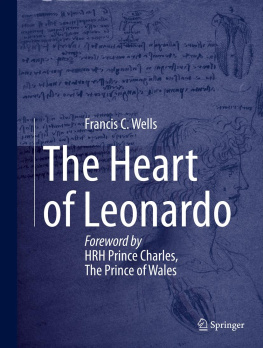
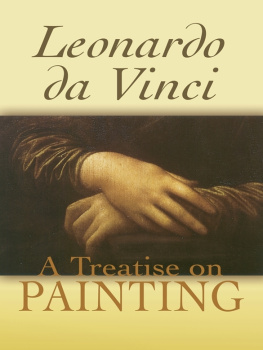
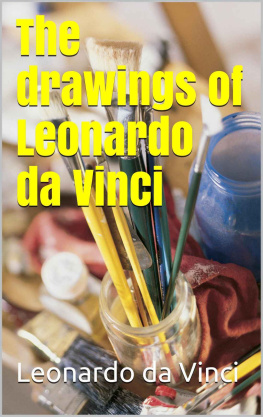
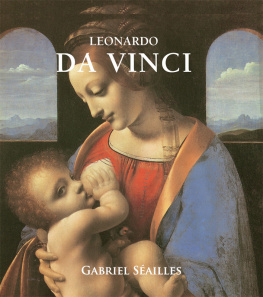
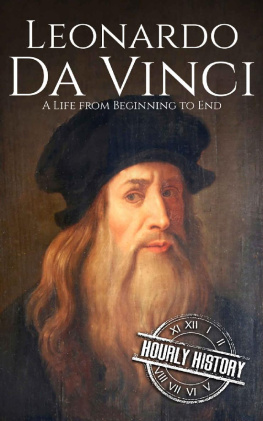
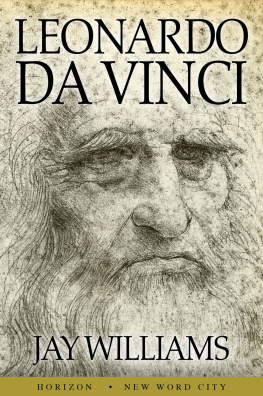
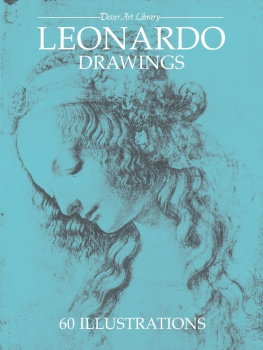
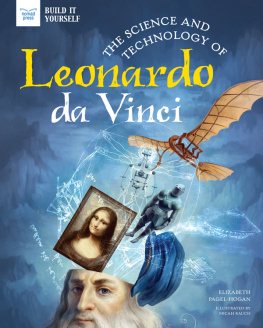

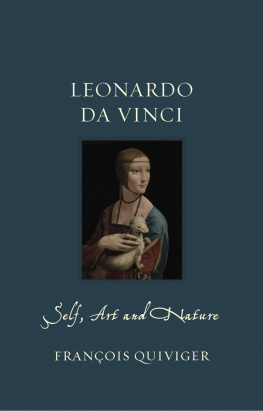
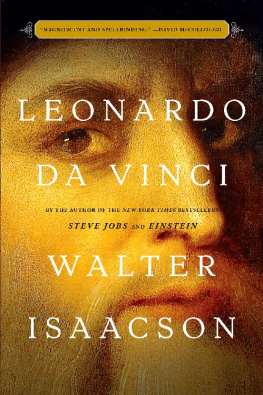
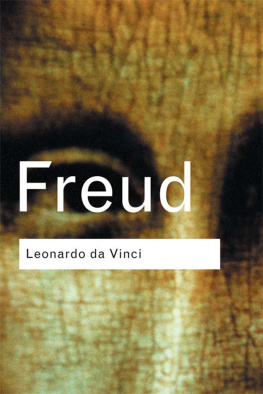

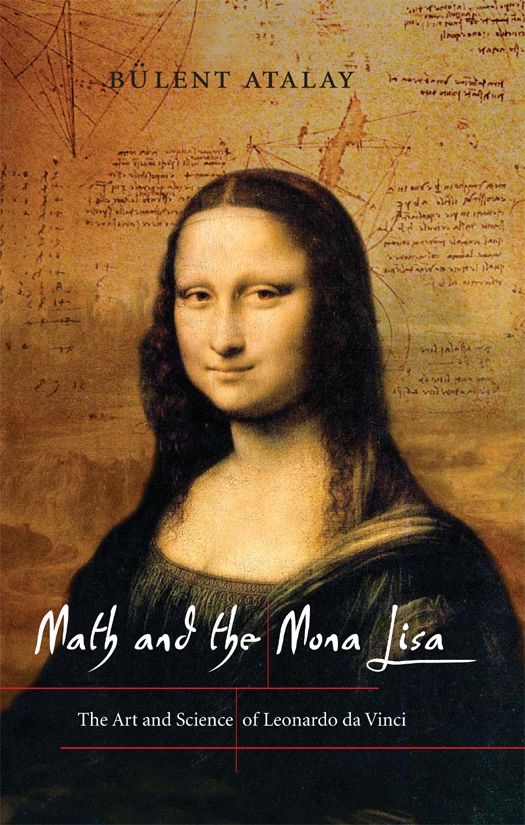




 umerous people contributed to the making of this book. I am indebted to Captain Carl Keske USN (retired) and his wife, Carol, for applying gentle but steady pressure on me to write this book and for proofreading an earlier version of the manuscript. They, more than anyone else, served as the catalyst for me to put into print what I have long offered in lectures. For the opportunity to give lectures at a variety of venues I am grateful to David Stewardson of Crystal Cruises, Pat Higgins of Silversea Cruises, Marta Marschalko, formerly of the National Geographic Society, and Royal Viking line; also to Lester and Brenda Crain, John and Lynda Sheaall from Memphis, Tennessee; Harvey and Brenda Blatt from Montreal; Robert and Betty Ann Jordan from Tampa, Florida; Bernie and Judy Franklin, Beverly Hills, California; Jonathan OBrien, Headmaster emeritus, and Robert Stegeman, Dean, emeritus at St. Andrews School, Middle-town, Delaware. Finally, I am also grateful to Faruk Loolu, the present Turkish ambassador to the United States, a friend of three decades and, with a Ph.D. from Princeton, one of the best-educated members of the Washington Diplomatic Corps.
umerous people contributed to the making of this book. I am indebted to Captain Carl Keske USN (retired) and his wife, Carol, for applying gentle but steady pressure on me to write this book and for proofreading an earlier version of the manuscript. They, more than anyone else, served as the catalyst for me to put into print what I have long offered in lectures. For the opportunity to give lectures at a variety of venues I am grateful to David Stewardson of Crystal Cruises, Pat Higgins of Silversea Cruises, Marta Marschalko, formerly of the National Geographic Society, and Royal Viking line; also to Lester and Brenda Crain, John and Lynda Sheaall from Memphis, Tennessee; Harvey and Brenda Blatt from Montreal; Robert and Betty Ann Jordan from Tampa, Florida; Bernie and Judy Franklin, Beverly Hills, California; Jonathan OBrien, Headmaster emeritus, and Robert Stegeman, Dean, emeritus at St. Andrews School, Middle-town, Delaware. Finally, I am also grateful to Faruk Loolu, the present Turkish ambassador to the United States, a friend of three decades and, with a Ph.D. from Princeton, one of the best-educated members of the Washington Diplomatic Corps.